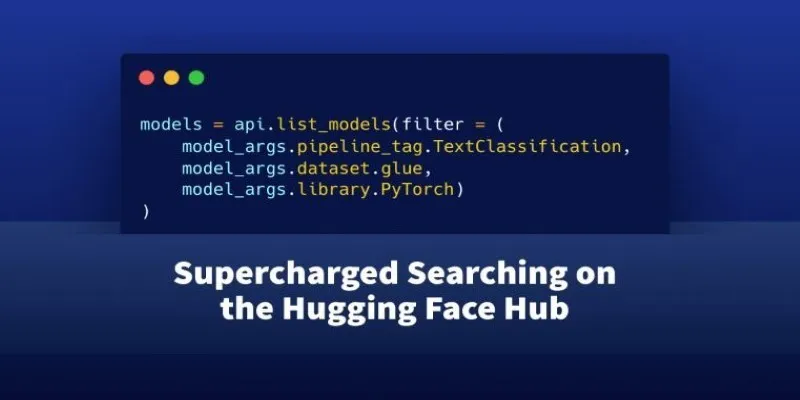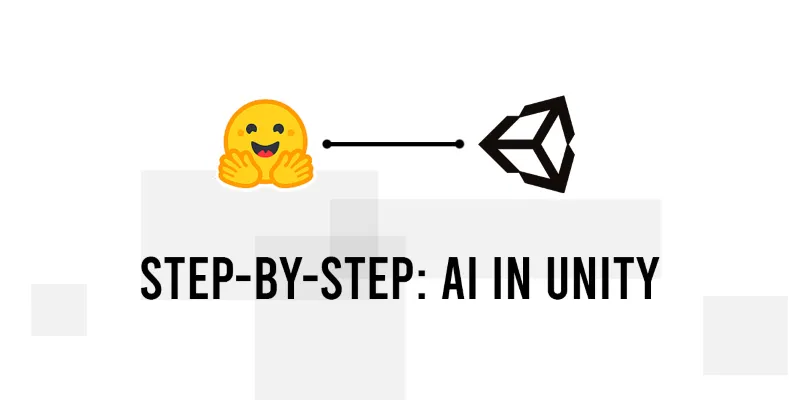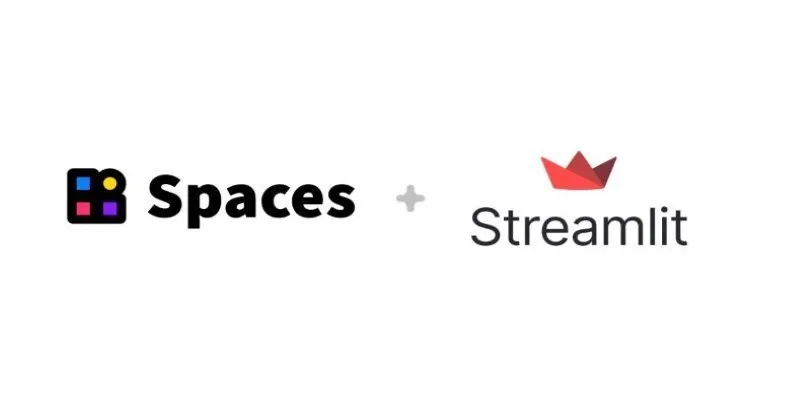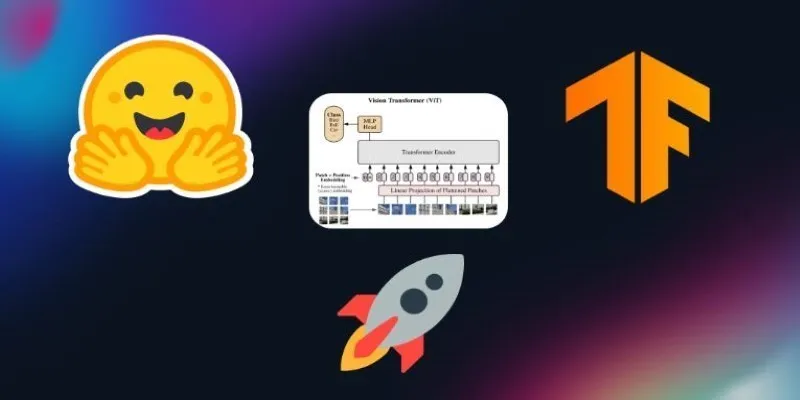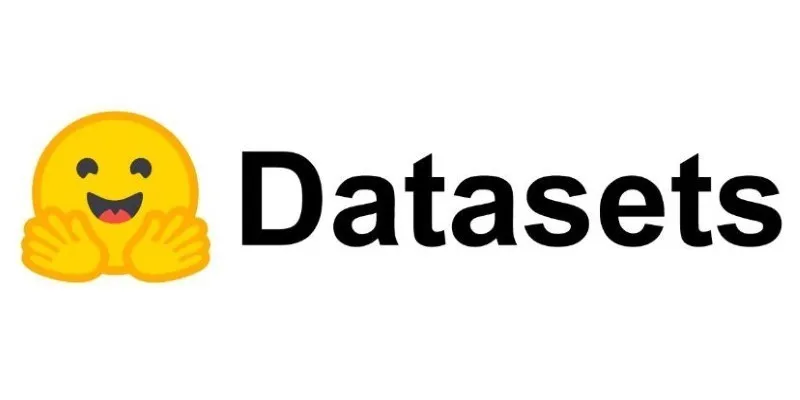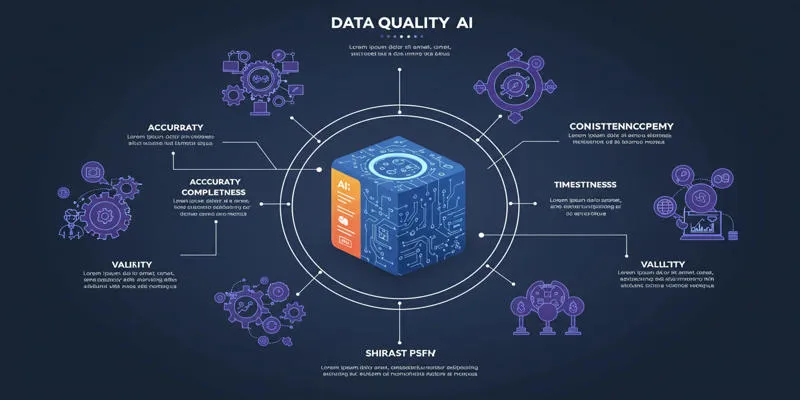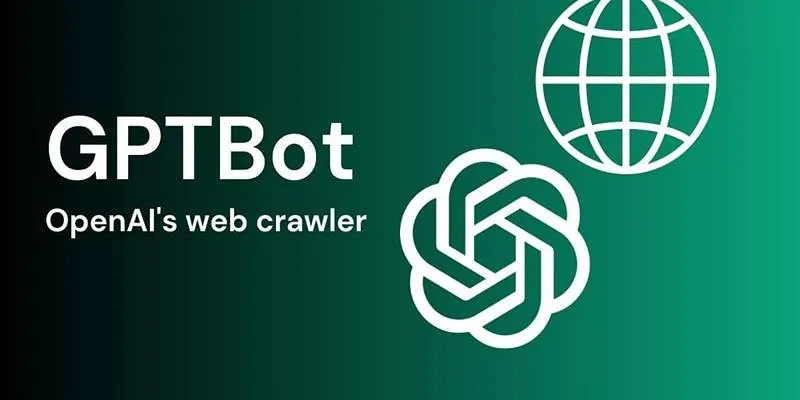The demand for privacy-preserving machine learning continues to grow, and federated learning sits comfortably at the center of that shift. Unlike traditional approaches where data is pooled into a central location, federated learning trains models right where the data is created—on devices or servers scattered across different locations. What makes this idea go from a research paper to actual code is a solid framework. That’s where Flower and Hugging Face come into play. Together, they form a duo that helps you build and train powerful models without sacrificing privacy or data locality.
Let’s break it all down, starting with the idea behind federated learning and then walking through how you can actually implement it using these tools.
Understanding Federated Learning
In standard machine learning, all the data is sent to a central server where training takes place. It’s effective, but not always feasible. Think of healthcare records, mobile usage logs, or financial data. Sending all that sensitive information to one place raises all kinds of flags—privacy, regulation, security, and even bandwidth.
Federated learning flips that model. Instead of pushing the data to the model, it brings the model to the data. Each device or node trains a local version of the model using its own dataset. Then, only the updates (like model weights or gradients) are sent back to a central server. That server doesn’t see the raw data—only the insights gained from it. These updates are then averaged or aggregated, and the improved model is sent back out to the devices.
It’s collaborative learning without centralization. And when done right, it protects data, reduces risk, and still delivers results.
The Power of Hugging Face and Flower Together
You might already know Hugging Face for its Transformers library—pretrained models that can be fine-tuned on tasks like text classification, summarization, or question-answering. It simplifies access to powerful architectures like BERT, RoBERTa, and DistilBERT, among others.
Flower, on the other hand, is built specifically for federated learning. It provides all the moving parts: client/server setup, communication protocols, model aggregation, and more. The real beauty lies in how customizable it is. Whether you’re using PyTorch, TensorFlow, or even scikit-learn, Flower plays well with your codebase.
When you put the two together, you get a flexible federated learning pipeline that can support complex natural language tasks without having to reinvent the wheel.
Setting Up Federated Learning with Hugging Face and Flower
Let’s walk through the steps to build a simple federated learning pipeline using Hugging Face models and Flower as the orchestration tool. We’ll use PyTorch as the backend for this example, but Flower also supports TensorFlow.
Step 1: Preparing the Local Dataset
Each federated client will have its own chunk of data. For simplicity, suppose you’re doing sentiment analysis using the IMDb dataset. You’ll split it across several clients. Each client keeps its own share and doesn’t share raw data.
from datasets import load_dataset
from sklearn.model_selection import train_test_split
dataset = load_dataset("imdb")
train_data, _ = train_test_split(dataset["train"], test_size=0.9)
client_data = [train_data[i::5] for i in range(5)] # Simulate 5 clients
Step 2: Loading a Hugging Face Model
Here, we’ll pick a lightweight model to keep the training manageable. DistilBERT works well for this.
from transformers import AutoTokenizer, AutoModelForSequenceClassification
tokenizer = AutoTokenizer.from_pretrained("distilbert-base-uncased")
model = AutoModelForSequenceClassification.from_pretrained("distilbert-base-uncased", num_labels=2)
Step 3: Building a Federated Client
Each client handles local training and evaluation. Flower provides a NumPyClient base class that we can extend.

import torch
import flwr as fl
class IMDbClient(fl.client.NumPyClient):
def __init__(self, model, data):
self.model = model
self.data = data # This should be preprocessed
def get_parameters(self):
return [val.cpu().numpy() for val in self.model.state_dict().values()]
def set_parameters(self, parameters):
state_dict = dict(zip(self.model.state_dict().keys(),
[torch.tensor(p) for p in parameters]))
self.model.load_state_dict(state_dict, strict=True)
def fit(self, parameters, config):
self.set_parameters(parameters)
self.model.train()
# Local training loop here
return self.get_parameters(), len(self.data), {}
def evaluate(self, parameters, config):
self.set_parameters(parameters)
self.model.eval()
# Local evaluation logic here
return 0.0, len(self.data), {"accuracy": 0.9}
Each client will run its own version of this class with its own dataset slice.
Step 4: Launching the Server
The server handles coordination. It sends out the global model, collects updates, averages them, and sends the refined model back.
fl.server.start_server(
server_address="localhost:8080",
config=fl.server.ServerConfig(num_rounds=3),
)
Step 5: Running the Clients
Each client needs to connect to the server and run its own training session.
def start_client(data):
model = AutoModelForSequenceClassification.from_pretrained("distilbert-base-uncased", num_labels=2)
client = IMDbClient(model, data)
fl.client.start_numpy_client(server_address="localhost:8080", client=client)
# This would be called for each client in parallel
Considerations When Working with Hugging Face Models in a Federated Setting
Model Size Matters
Large Transformer models can be a bottleneck when working with low-resource devices. It’s often better to use compact variants like DistilBERT or MobileBERT. These offer decent performance while keeping communication and memory overhead low.
Communication Overhead
One round of training can involve sending millions of parameters back and forth. Flower offers customization hooks to reduce how frequently updates are shared. You can also use techniques like quantization or sparsification to slim down the payload.
Fine-Tuning vs. Feature Extraction
In some cases, you might not need to update the entire model. Freezing the backbone and only training the classification head can reduce complexity and make the process more efficient.
Security
Federated learning enhances privacy, but it’s not immune to attacks. Differential privacy and secure aggregation are advanced techniques you can integrate with Flower if security is a critical concern.

Wrapping Up
Federated learning no longer belongs solely in research papers. With tools like Hugging Face and Flower, it’s possible to put real models into production without centralizing data. Hugging Face simplifies the modeling side, while Flower handles the coordination across nodes.
By following a modular approach, you can reuse models you’ve already trained and fine-tune them locally in ways that respect privacy. Whether you’re working with a mobile device fleet or decentralized servers, this setup scales smoothly and respects the constraints that modern data privacy regulations demand.
While there are challenges—like managing model size, communication bandwidth, and update frequency—these can be addressed with smart choices in architecture and optimization. Hugging Face and Flower don’t remove the work, but they definitely make it more practical.
 zfn9
zfn9
